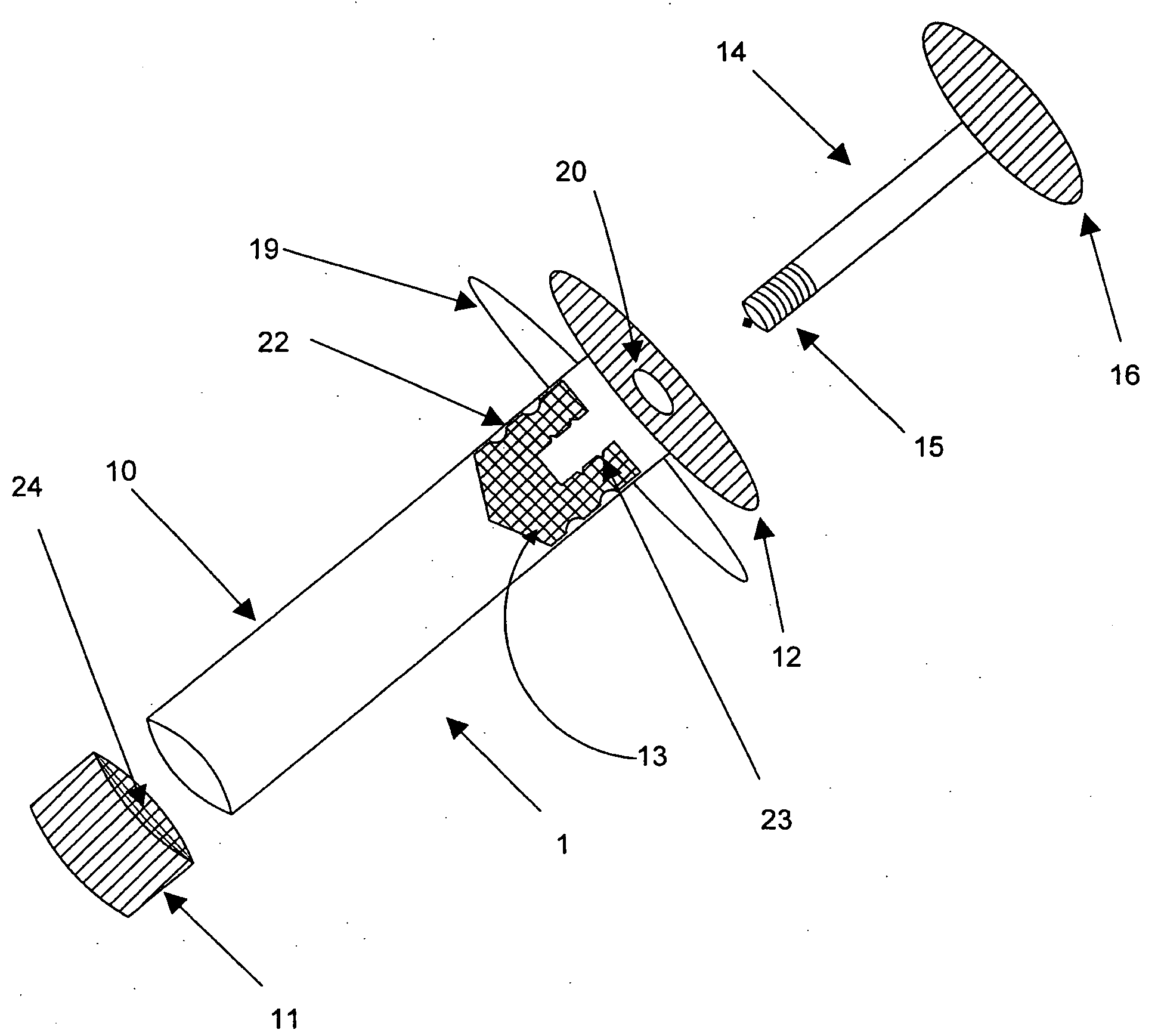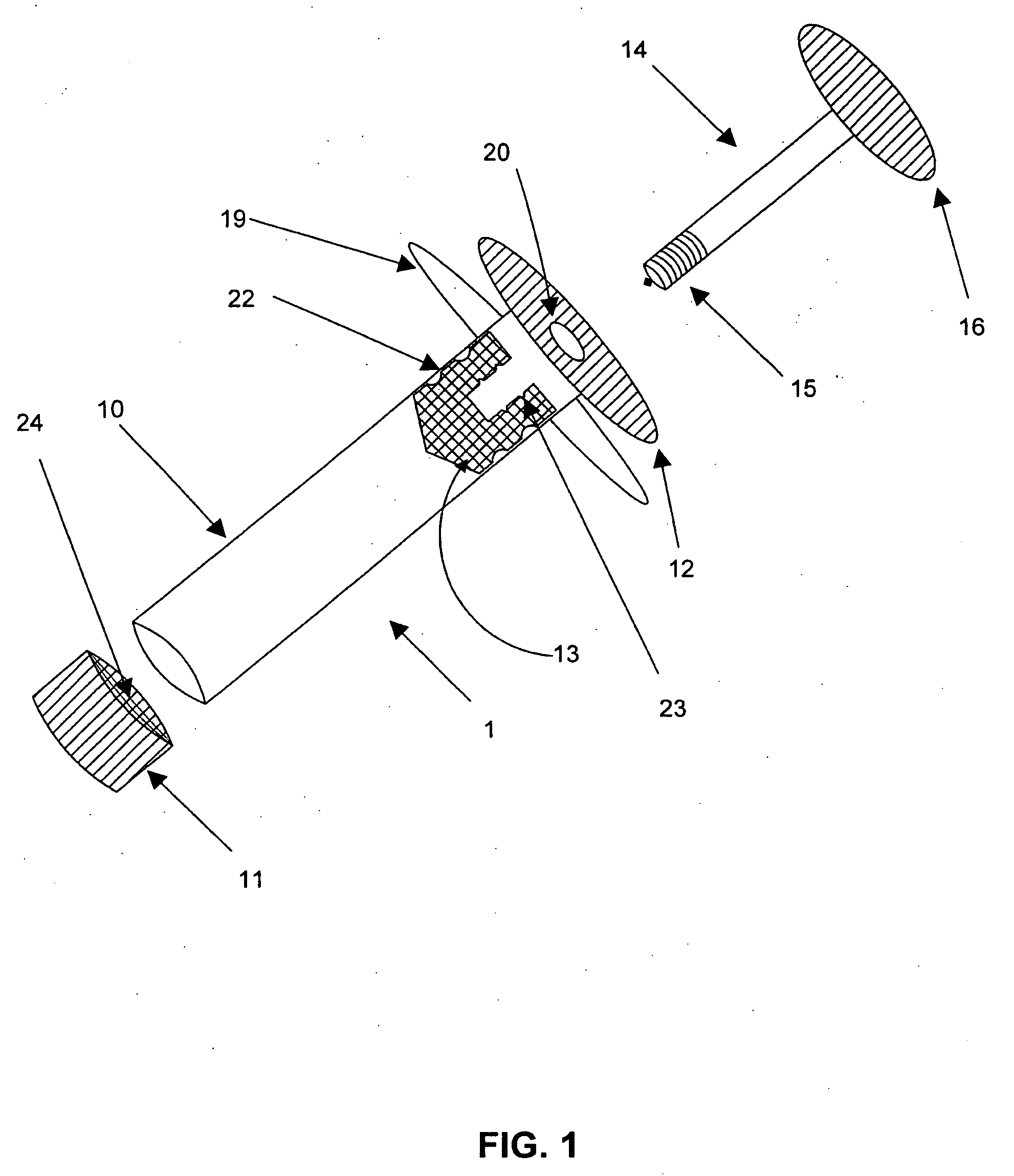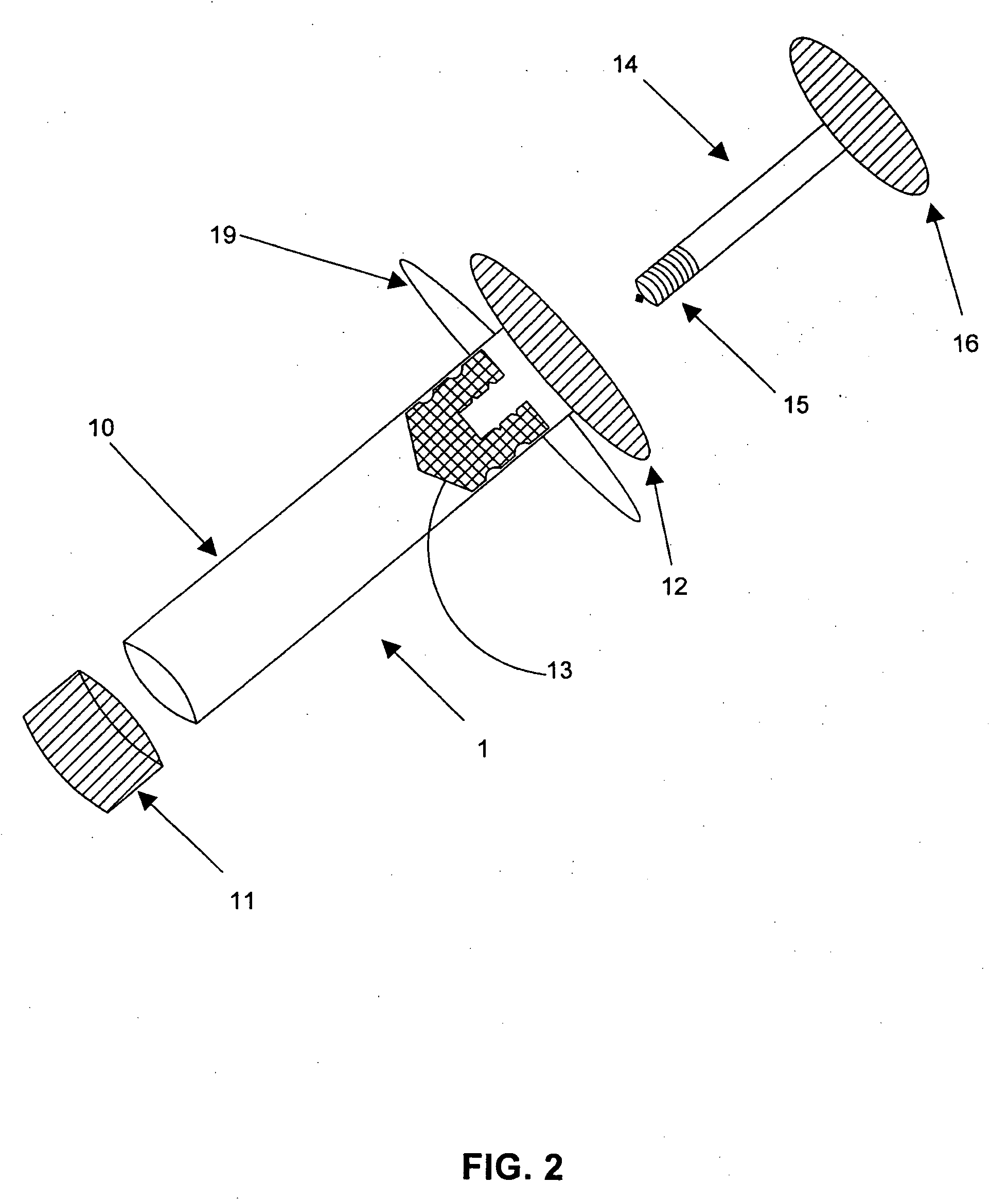Delivery of high cell mass in a syringe and related methods of cryopreserving cells
a cryopreserving cell and cell technology, applied in the direction of infusion syringes, biomass after-treatment, specific use bioreactors/fermenters, etc., can solve the problems of increasing the solution effect, increasing the loss of internal ice, and the contents of the cell remain unfrozen and supercooled, so as to achieve rapid expansion upon thawing
- Summary
- Abstract
- Description
- Claims
- Application Information
AI Technical Summary
Benefits of technology
Problems solved by technology
Method used
Image
Examples
Embodiment Construction
[0002]1. Field of the Invention
[0003]Embodiments of this invention relate generally to a method of using a syringe to deliver a high cell mass of cryopreserved cells to a bioreactor without the need for cell expansion, and to related methods of preserving biologically active materials in the field of biotechnology. More particularly, embodiments of the processes described herein relate to, for example, cryopreserving biological materials for extended periods of time, and may facilitate substantially direct inoculation of a bioreactor with the cryopreserved materials.
[0004]2. Background of the Invention
[0005]The field of biotechnology involves the manipulation and / or genetic engineering of living organisms, such as mammalian cells, to produce new cell lines that aid in the production of biologically active products. These products may include, but are not limited to, hormones, growth factors, interleukins, cytokines, and immunoglobulins. The development of new cell lines, through man...
PUM
| Property | Measurement | Unit |
|---|---|---|
| temperature | aaaaa | aaaaa |
| temperature | aaaaa | aaaaa |
| temperature | aaaaa | aaaaa |
Abstract
Description
Claims
Application Information
 Login to View More
Login to View More - R&D
- Intellectual Property
- Life Sciences
- Materials
- Tech Scout
- Unparalleled Data Quality
- Higher Quality Content
- 60% Fewer Hallucinations
Browse by: Latest US Patents, China's latest patents, Technical Efficacy Thesaurus, Application Domain, Technology Topic, Popular Technical Reports.
© 2025 PatSnap. All rights reserved.Legal|Privacy policy|Modern Slavery Act Transparency Statement|Sitemap|About US| Contact US: help@patsnap.com



